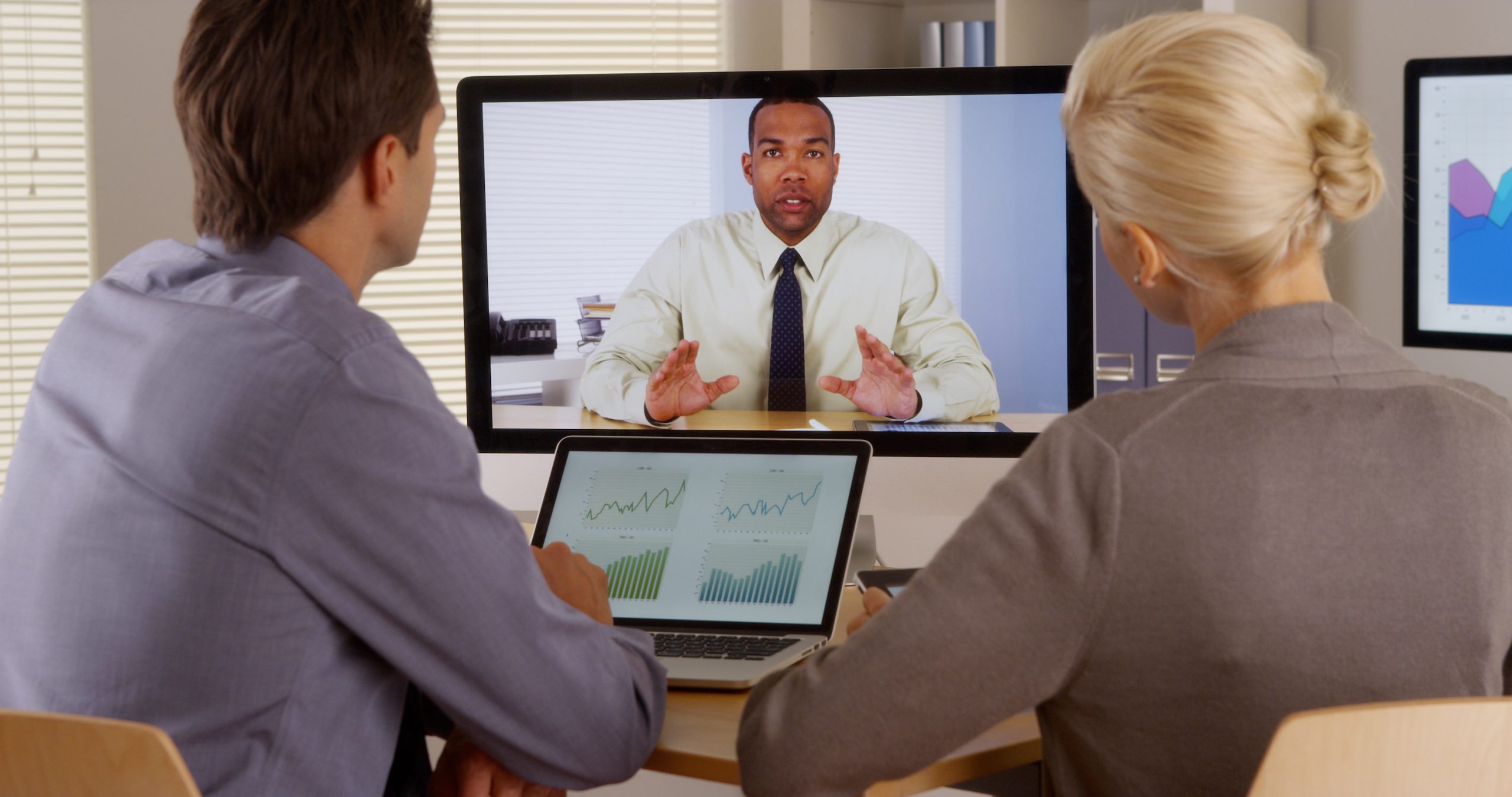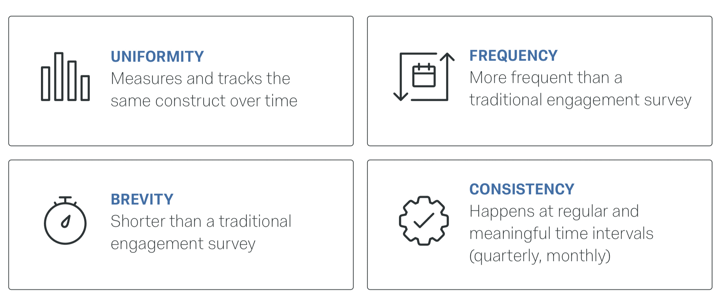
From capturing keyboard activities and mouse strokes to a random screen capture of an employee’s screen, there’s nothing that a remote employee tool cannot do to ensure that your team is working 24/7.
However, the question which arises at this point is – is it the right thing?
When does keeping track become an invasion of privacy?
How does one draw a line between them?
We explored all these dilemmas and more in this article.
So, grab your coffee and read on.
Why do you feel the need for remote employee monitoring?
In the aftermath of navigating through the Covid-19 pandemic, most organizations were forced to adopt a remote work model.
For leaders and managers who are habitual of walking up to their employees’ desk for a quick look, this was an unwelcome move.
As quoted in an interview by Brad Miller, the CEO of Awareness Technologies, “ There is a reason why we have offices. It’s not by accident”.
In fact, employee monitoring was in vogue before the Coronavirus hit us and when employees were working from their offices.
According to a report by Gartner in 2018, at least 50% of 239 large corporations were tracking the social media activities of their employees during work hours.
This constant need for knowing the details of every minute spent by an employee stems from a fear of declining productivity and misuse of resources.
A remote work setup further fuels this fire and hence, we are in the middle of a scenario where the demand for employee monitoring software is going up every day.
But, is it worth it?
Do organisations benefit from adopting remote employee monitoring?
Impact of remote employee monitoring on your workforce
A survey by Baylor University concluded that the presence of an employee monitoring software is directly related to increased employee stress, decreased job satisfaction and a growing turnover rate.
While discussing this topic with a group of people, we had some interesting revelations about what people thought of employee monitoring software.
Here are some of the statements they shared with us
“I feel like I am reduced to a machine”
An employee monitoring software equates productivity with the hours spent on work-related applications rather than an employee’s creativity and quality of work.
Continuous distraction in the form of surveillance not only hampers output but also creates an aura of distrust.
“I feel like I am not allowed to relax even for a minute”
Roma, a senior software developer with an IT firm, confessed that she found the random screen captures disturbing.
“ I always listened to music even when I worked in the office. Suddenly, my screen capture which shows my music app is proof of my lack of discipline”, she said.
Their occasional indulgence in a non-work activity is quite normal and in fact, necessary for a stress-free work environment.
However, the pressure of an unpredictable click by an employee monitoring software causes tension, annoyance and fatigue.
“It feels like there’s always an invisible person peering over my shoulder”
Sounds spooky, right? This was one of the most interesting responses we had.
All of us like to work in silence without any interference and at our own pace.
An employee never feels like she’s alone – the moment she rests her keyboard to mull over a topic, there’s a chance of her decreased keyboard usage and her dismissal as a slow performer.
A software cannot measure your employees’ breakthrough ideas and innovative strategies.
If not remote employee monitoring, then what?
We have been telling you all about how adverse employee monitoring is but we can’t escape the fact that you do need a mechanism to handle your remote team’s work.
Remote work and distributed teams are great in certain ways but they’re trickier to manage in terms of coordination and cohesiveness.
The only way out seems to be employee monitoring with the help of these tools that give you a sense of control over your teams.
But, why do you even need control?
Your organization requires your guidance, support and leadership.
And leadership is earned with actions, not demanded with authority.

Since the root cause of looking for a remote employee monitoring software is your fear of declining productivity, here’s what’s we suggest instead
1 Create a culture of engagement
Engaging your employees not only leads them to better productivity in the long run but also inspires them to remain committed and go the extra mile.
Taking interest in employee welfare by recognizing their good work, providing the right incentives and giving them some time off can go a long way in motivating employees.
Ensure that your organizational strategy has a robust employee engagement policy and your managers know that it’s of utmost importance.
Reduce attrition and drive employee engagement from our all-in-one employee engagement platformTry Peoplebox for free to Improve Retention
2 Build trust
As a leader, you need to start believing in your employees and create an atmosphere where they trust your leadership as well.
This becomes even more important when working with remote employees – a screen can easily become a boundary between you and your remote team.
You need to realize that your employees are committed professionals who have their own set of dreams, a family to look after and other serious commitments.
Doubting their sincerity would only reveal your lack of confidence in people.
Remembering their birthdays, work anniversary and other such important events show that you care for them beyond their official roles.
Similarly, always be available to help them out or talk them through.
A team built on mutual trust is the surest recipe for long-term success.
3 Make one on one meetings a priority
One on one meetings are important for employee management and can also serve as a great employee monitoring tool.
Frequent one on one meetings help managers in understanding their direct reports’ psyche and where they stand in their professional journey.
Establishing a culture where one on one meetings are a must require you to be vigil about them.
Keep checking on your managers to know if they’re taking time for one on ones and encourage them to do so.
Pro tip: You can suggest software that can help managers schedule, manage and conduct effective one on one meetings.
Build and track your one-on-one culture and make sure that every one-on-one is actionable and meaningful.
Try One-on-Ones tool for Free
4 Set quantifiable goals
One of the most important tasks during a one on one meeting is setting goals with your employees.

With remote teams, goal-setting can become an effective method of streamlining the activities and monitoring your employees.
In fact, goal-setting can help you make the transition from micromanagement to effective mentorship.
Instead of tracking their every activity, you can shift their energy towards achieving the mutually-decided goals and help them grow.
Remember that the goals should be simple and measurable, for example – Pitching 3 high net-worth clients in the quarter, completing a certification or delivering 4 highly-researched articles.
5 Conduct more pulse surveys
Pulse surveys help you understand what your employees are feeling and what you can do to help them give their best.

They’re short, simple and give real-time insights about employee morale and their grievances.
Instead of monitoring their activities, pulse surveys can help you monitor their inner turmoil or satisfaction which ultimately becomes a deciding factor for the quality of output.
Take the pain away from running engagement & pulse surveys to build deep people insights and focus on actionsTry Peoplebox Now to Understand & Innovate Your culture
6 Take your daily standup meetings remote
Daily standup meetings are a great way to track the progress of day-to-day tasks and keep the entire team aligned with each other.
Many organizations follow this practice in their office, then, why not continue them with remote employees?
Today, various video conferencing and task management tools can assist in conducting daily standup meetings effectively for remote teams.
We suggest using them to your maximum benefit and making daily standup meeting a norm.
7 Technology to the rescue
There’s no dearth of different tools that keep the entire team in the loop about the work being done and at what speed.
Remember we spoke about drawing a line? This is how you do it – by making your employees responsible for reporting their task without being a helicopter boss.
Closing thoughts
Remote employee monitoring is more than counting the work hours and the number of deliveries.
It extends to managing and monitoring morale, engagement and productivity.
And employee monitoring software cannot achieve these metrics.
You don’t need a team that locks in the highest time spent on their laptops; you need a team that treats your goals like their own and takes your organization to the next level.
Your employees are your most important asset and you need a touch of human connection to monitor them well.








